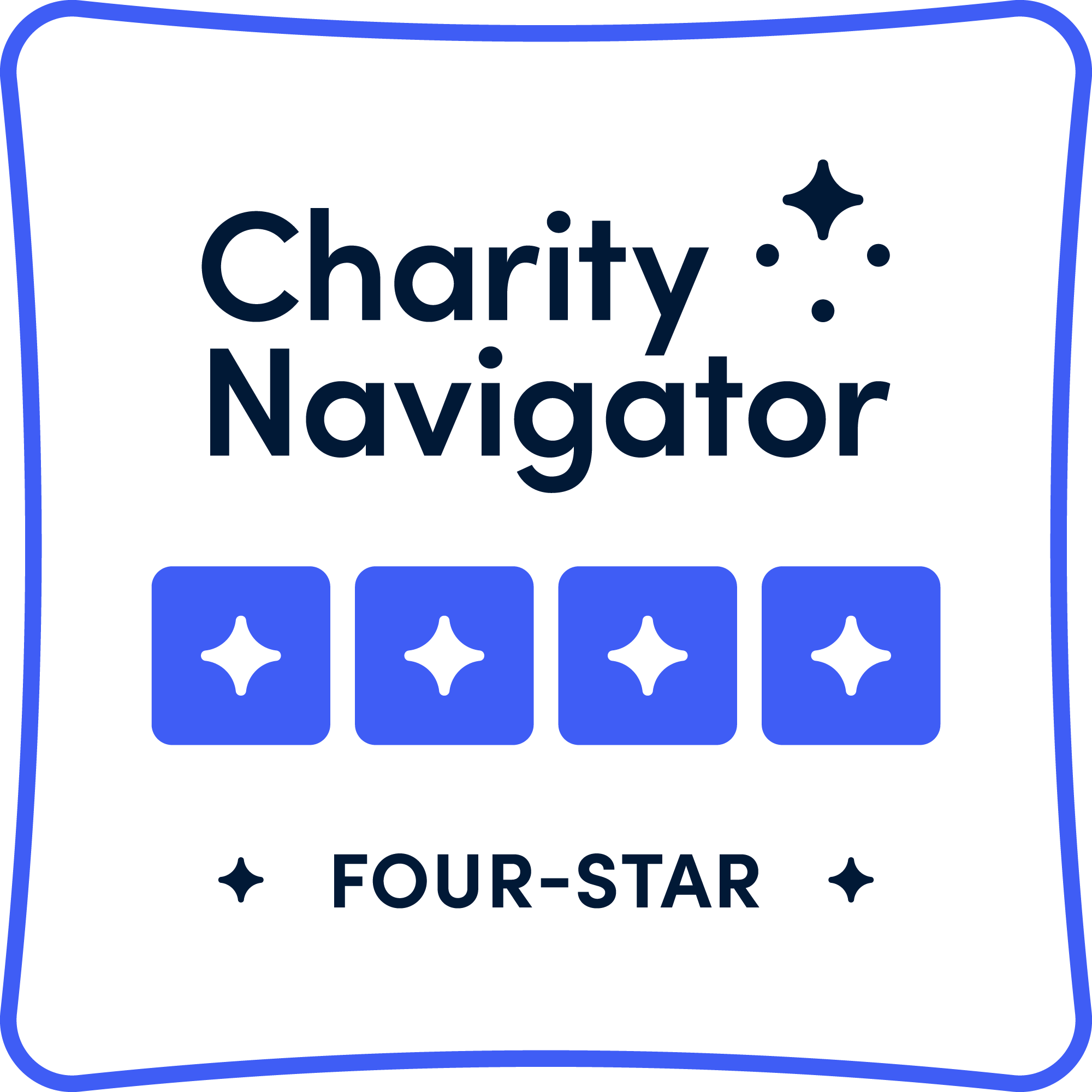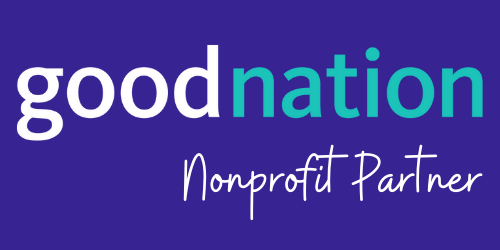May 1, 2025 – A new white paper by ideas42, a nonprofit that applies behavioral science to social problems, offers surprising insights into how educational programs can help more students succeed and graduate, while providing savings for institutions facing budgetary constraints.
“In the current economic climate, educational institutions need solutions that are both effective and efficient,” said Bridgette Gray, CEO of ideas42. “Our analysis demonstrates that sometimes the most powerful interventions aren’t about adding more – they’re about removing barriers that prevent students from accessing resources that already exist. These behavioral approaches can significantly improve outcomes without requiring substantial new investments.”
Contrary to common assumptions that student success hinges on more comprehensive support structures, the authors find that educators, policymakers, and others involved in educational programs can build better programs by reducing the cognitive burden on students and their families.
The paper, “Subtracting for Success: A Review of Nudges to Improve Educational Outcomes in the United States,” by ideas42 Senior Director of Innovation Tom Tasche and Ben Castleman, Associate Professor of Public Policy and Education at the University of Virginia, reviews two decades of research on behavioral science interventions in education, highlighting several examples of effective interventions, including:
- Default enrollment, pre-filled forms, or simplified school comparisons that remove friction and reduce the effort required to act on educational intentions.
- Coaching or interactive texting, when they ease the decision-making process and help students navigate complex systems more efficiently.
- College advising programs that provide students with individualized support and guidance.
The authors propose a framework that categorizes interventions based on whether they add or subtract elements and whether they increase or reduce cognitive load. They find that interventions that “subtract and reduce” – simplifying processes and reducing cognitive demands – tend to yield the most significant gains in academic outcomes.
In addition to advocating for “subtract-reduce” approaches, the authors urge program designers to consider the importance of the messenger, avoid focusing solely on “low-hanging fruit,” and prioritize a diagnosis-driven approach.
“Too often what holds students back isn’t a lack of ability or motivation – it’s the complexity of the education system,” said Castleman. “Our ‘subtract and reduce’ framework offers a new lens for educational design that can help institutions achieve better outcomes with only modest resource expenditures. It’s about reducing the burden we impose on students and families to achieve strong outcomes.”
To read the full report, visit ideas42.org/subtracting-for-success.
About ideas42:
ideas42 is a nonprofit that applies behavioral science to design solutions to entrenched social problems. We work to improve lives, build better systems, and drive social change.
Media Contact:
Cheston McGuire
cheston@leveluppublicrelations.com
703-618-3112


